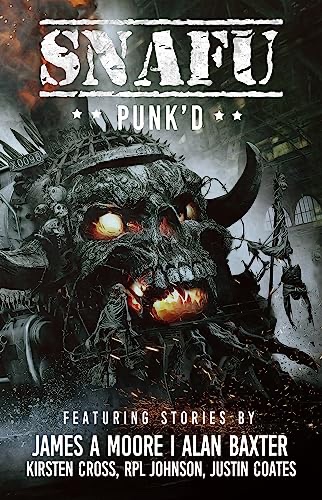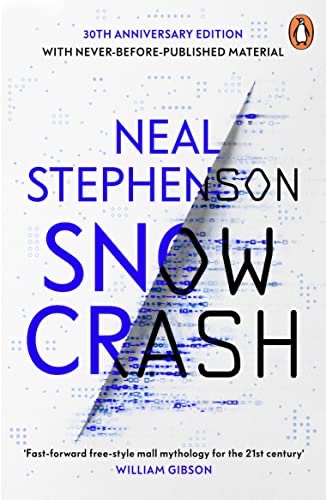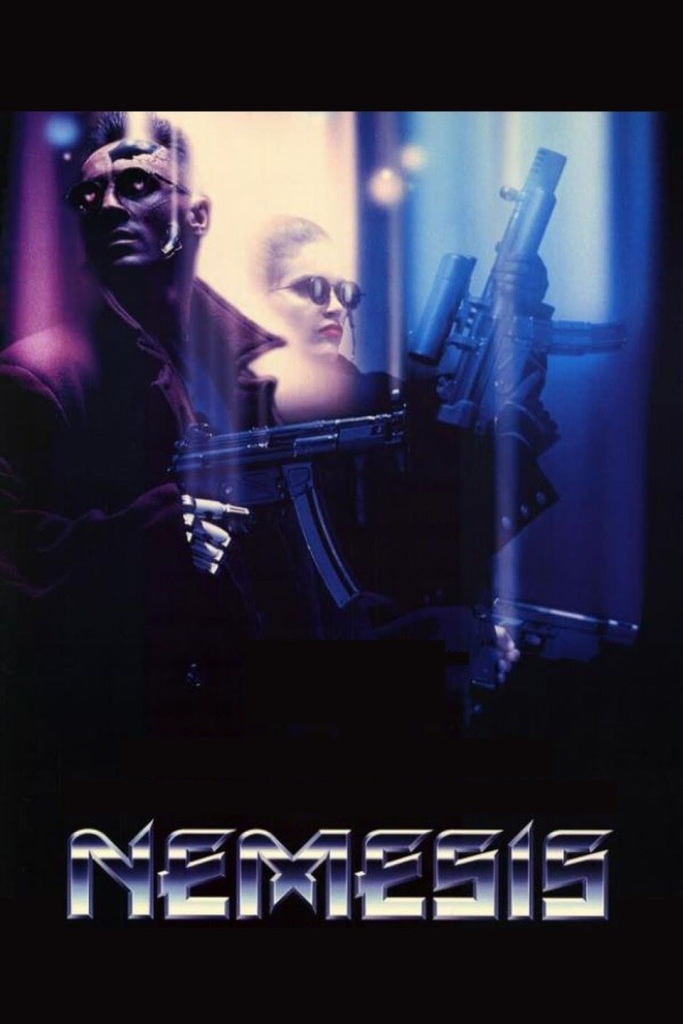
An intriguing blend of science fiction and philosophy, specifically language, The Pollutant Speaks wasn’t what I expected. An enormous undertaking stuffed with massive ideas, it’s a considered and left field work of fiction.
On the seven, overpopulated human worlds, people are mentally and physically crushed by the intensity of existence. Space, resources, freedom are all scarce. It’s something Evans knows all too well. Author of an incisive and controversial poem (the eponymous “The Pollutant Speaks), he’s also suffered from the mental illness that the collision between poverty and marketability creates in this hard cyberpunk future. Nothing is owned, everything is controlled and open to purchase, including one’s privacy. When Evans, still struggling from his stint in a mental hospital, finds himself out of funds and about to be sent to a Life Basic institute, things get much worse. A bizarre cult, the Cannots, who have appropriated his poem, decide to kill him for being a traitor to his own words.
It’s not the first convoluted twist on logic within The Pollutant Speaks but it does force Evans to seek an off world escape to Border. A satellite planet built as a training ground for ambassadors, it’s a place designed for those about to met a vast alien Union; to learn their language and customs and, hopefully, help humanity enter the community and, by extension, end people’s suffering. It’s the language that is the central tenant here. A perfect form of communication so multilayered as to be unmistakably clear in intention. Philosophically speaking, it’s an astounding prospect. A language with no deviation of meaning would be free of deception or misinformation and, therefore, would form the root of a better, fairer society. Yet, humanity lacks the innate ability to speak its complexity and only a few, like Evans, can achieve it.
Much of The Pollutant Speaks concerns itself with this idea; of speaking and becoming like the Paraunion. The pursuit of clarity and meaning through unknowable knowledge. Yet, human politics continue in the background. The Cannots growing in popularity despite the contradiction of their own ideology. The desire to break whilst wanting more, to cease production whilst decrying a lack, to quote the poem of an author they want to kill. It’s this strange double standard, cult of the leader, law based politics that lays the social commentary upon which the novel then considers another way. A way which threads analytical philosophy throughout its narrative, quoting some of the greats in a sidelong gaze at what could be.
However, Evans’ own journey, from the Crush to Border and beyond is an interesting one. And, it’s his and his colleagues desire to help free humanity from its own entanglements that keeps the engine of the book humming along. Intriguing concepts on a vast scale are overlaid on the human condition vie for space as language, that root of all thought, takes centre stage.
Well written and cleverly considered, it’s a hard cyberpunk, far future sci-fi that’s seeks to portray both the expansive and the individual within its remit.
Review copy
Published by Bee Orchid Press







